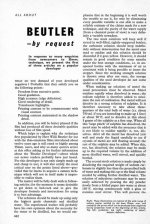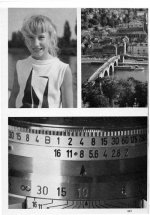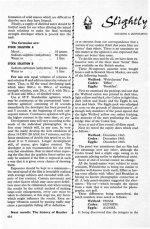tbm
Established
Tom, I just rediscovered the attached two-and-one-half page article about the Beutler developer in an old magazine titled "35mm and Sub-Miniature Photography" from December 1962. It was lodged inside one of my 1950s Leica Fotographie magazines. Though the article appeared in three parts in three different issues, I don't appear to have parts two and three. Additionally, I suspect you will learn nothing from this first part, but I thought you might find it somewhat interesting to read nevertheless.
Terry
Terry





